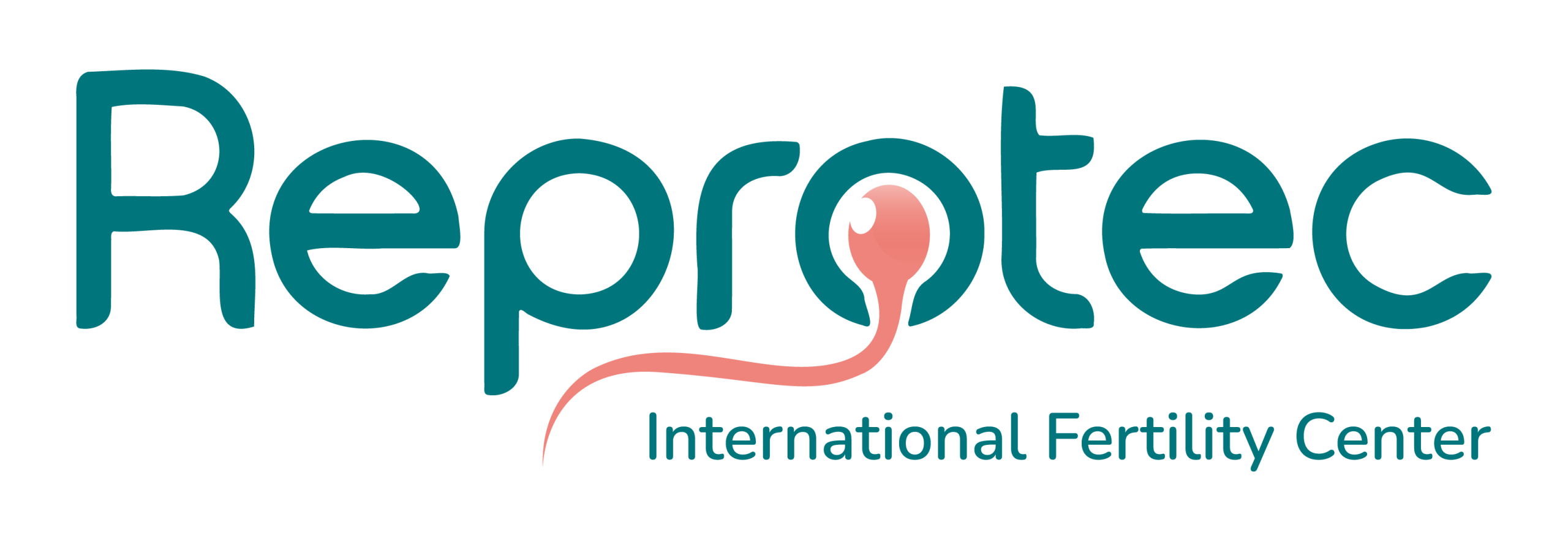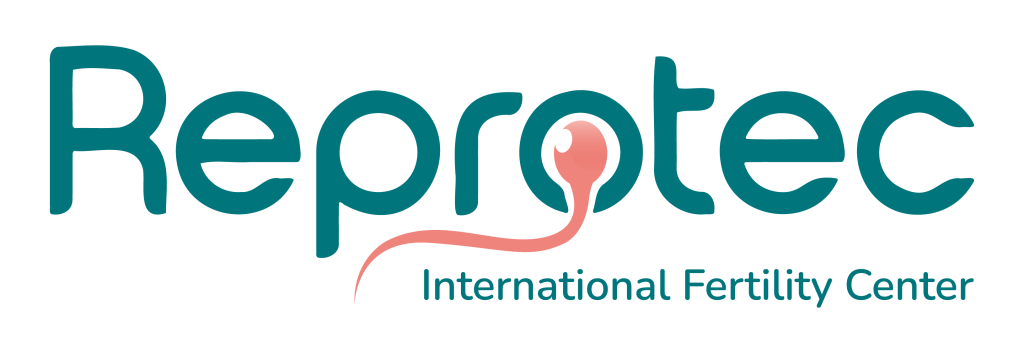Intrauterine Insemination (IUI)
Intrauterine insemination (IUI) is an assisted reproduction procedure that entails the placement of a selected quantity of previously prepared sperm, through a catheter, directly into the uterus at a time close to ovulation.
The laboratory technique that allows the selection of the best-quality sperm is known as “capacitation”, carried out in the andrology lab. This treatment is often combined with medications to induce ovulation, which increases the chances of success.
When is Intrauterine Insemination recommended?

Young women without a partner who wish to become pregnant.

Young female couples who wish to have a child.

Young women with mild endometriosis.

Couples with mild alterations in the spermogram.
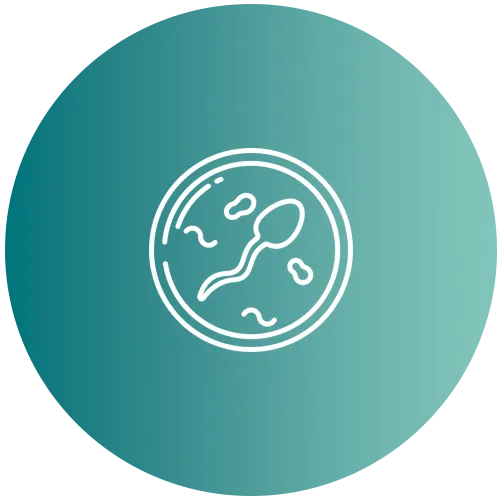
Mild abnormalities or sperm concentration and motility.

Retrograde ejaculation or erectile dysfunction:
cases in which semen cannot be deposited naturally in the vagina.
In these scenarios, sperm capacitation makes it possible to recover the best sperm, increase the probability of fertilization, and reduce the distance they must travel to meet the egg.
Step-by-step of Intrauterine Insemination
Ovarian stimulation:
The menstrual cycle begins, and ovarian stimulation starts with oral and/or injectable medications.
Step 1Ovulation monitoring:
During ovulation induction, periodic ultrasounds are performed to track follicular growth.
Step 2Semen sample:
In the andrology lab, the semen sample is prepared and capacitated to select the best-quality sperm.
Step 3Insemination:
Once the follicles reach an adequate size, medication is administered to trigger ovulation. Approximately 32 to 34 hours later, the semen sample is placed in the uterine cavity through a special catheter. This procedure is painless and does not require sedation.
Step 4The menstrual cycle begins, and ovarian stimulation starts with oral and/or injectable medications.
During ovulation induction, periodic ultrasounds are performed to track follicular growth.
In the andrology lab, the semen sample is prepared and capacitated to select the best-quality sperm.
Once the follicles reach an adequate size, medication is administered to trigger ovulation. Approximately 32 to 34 hours later, the semen sample is placed in the uterine cavity through a special catheter. This procedure is painless and does not require sedation.
Advantages and considerations of IUI
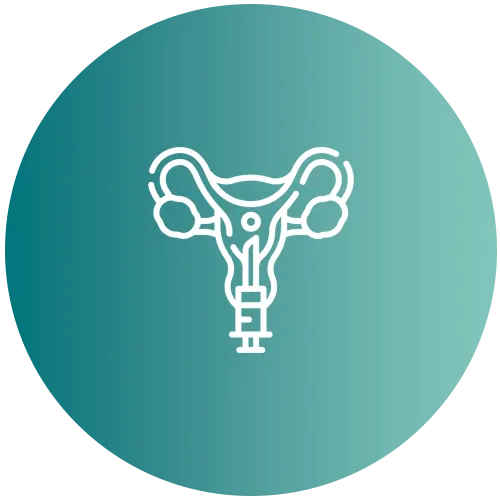
Outpatient, safe, and minimally invasive procedure.
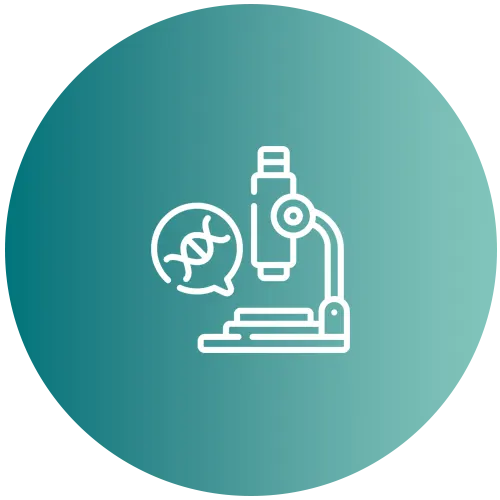
Support from a specialized andrology laboratory.

A good alternative for young women with normal fallopian tubes, normal semen or mild alterations of the sperm, and infertility cases with a good prognosis.
Not recommended in:

Women over 35 years of age.

Couples with more than 1 year trying to conceive without success.

Women with advanced endometriosis or anatomical abnormalities in the pelvis.

Severe cases of male infertility.
Preguntas Frecuentes sobre Inseminación Intrauterina
- ¿Qué es la inseminación intrauterina y en qué consiste el procedimiento?
- ¿Quiénes son candidatas para una inseminación intrauterina?
- ¿Cuál es la diferencia entre inseminación intrauterina y fertilización in vitro?
- ¿Cuántos intentos de inseminación intrauterina se recomiendan antes de pasar a otro tratamiento?
- ¿Qué probabilidades de éxito tiene la inseminación intrauterina?
- ¿Cuánto tiempo después de la inseminación se puede hacer una prueba de embarazo?
- ¿La inseminación intrauterina duele o genera molestias?
- ¿Qué preparación previa necesita la mujer antes del procedimiento?
- ¿Qué cuidados se deben tener después de la inseminación intrauterina?
Interested in knowing if IUI can help you?
